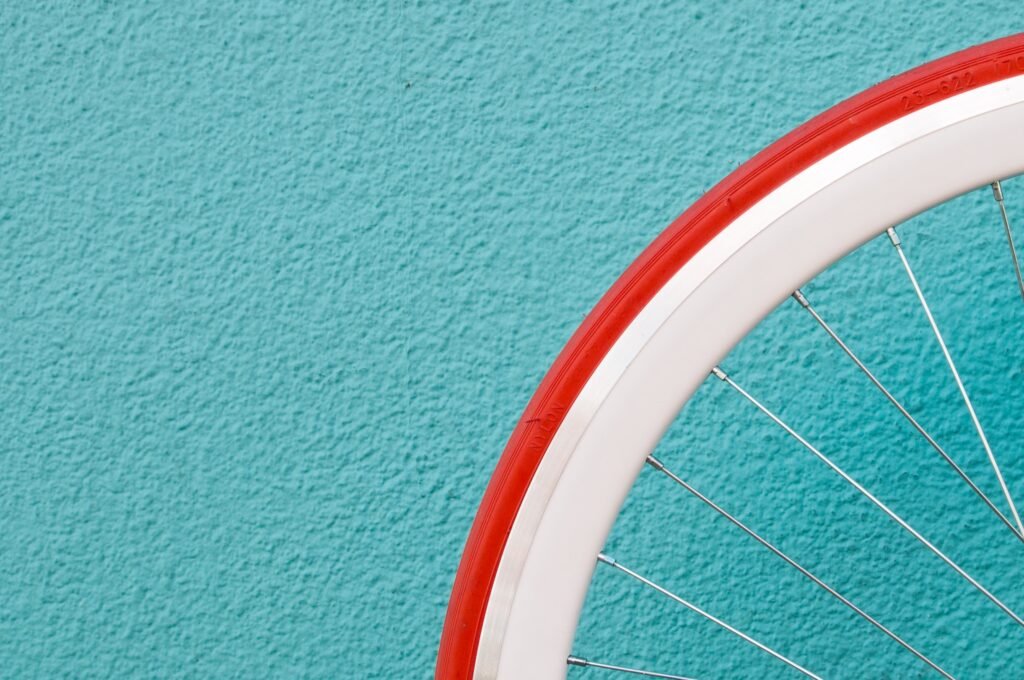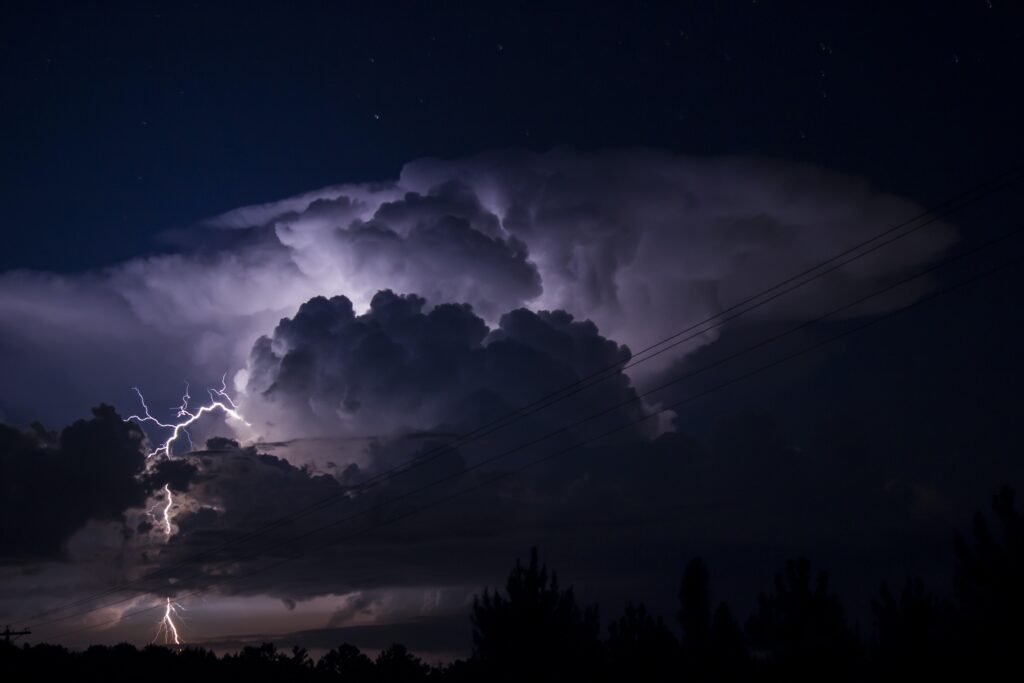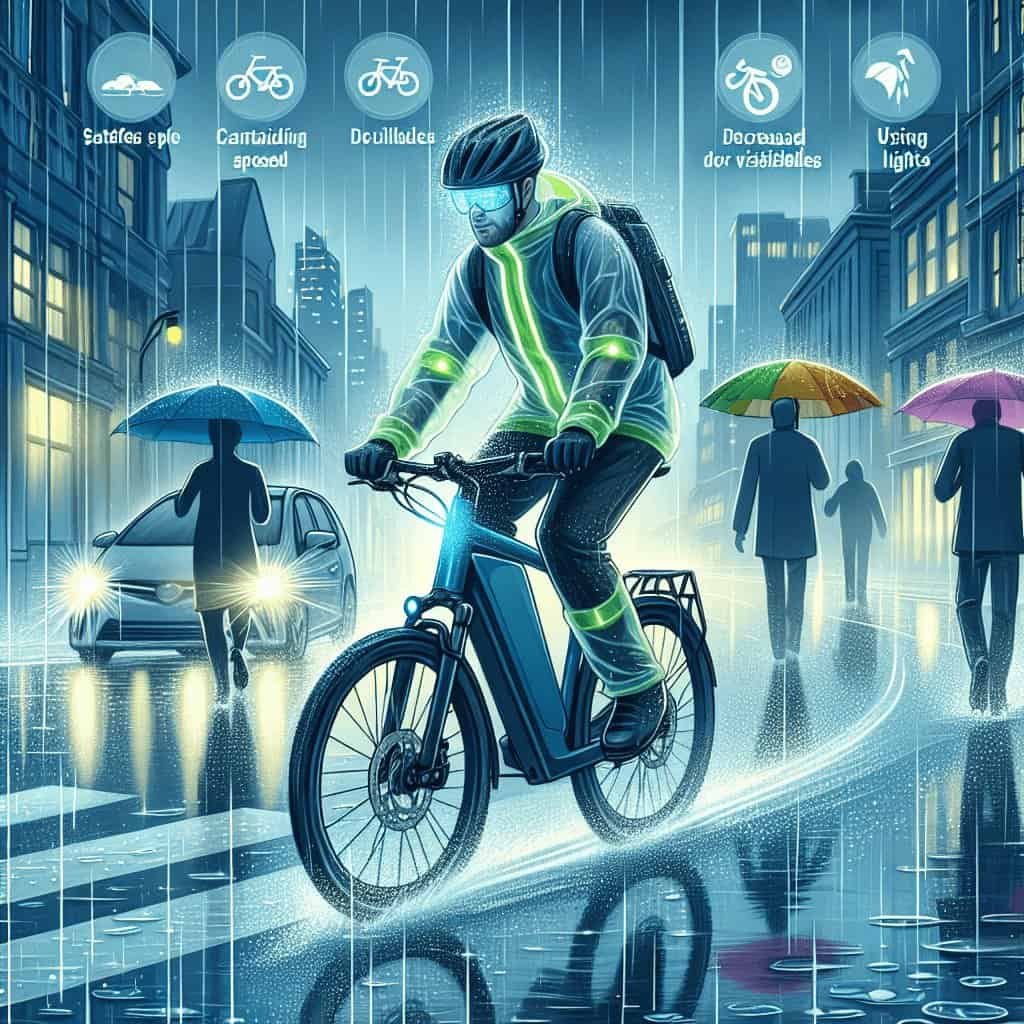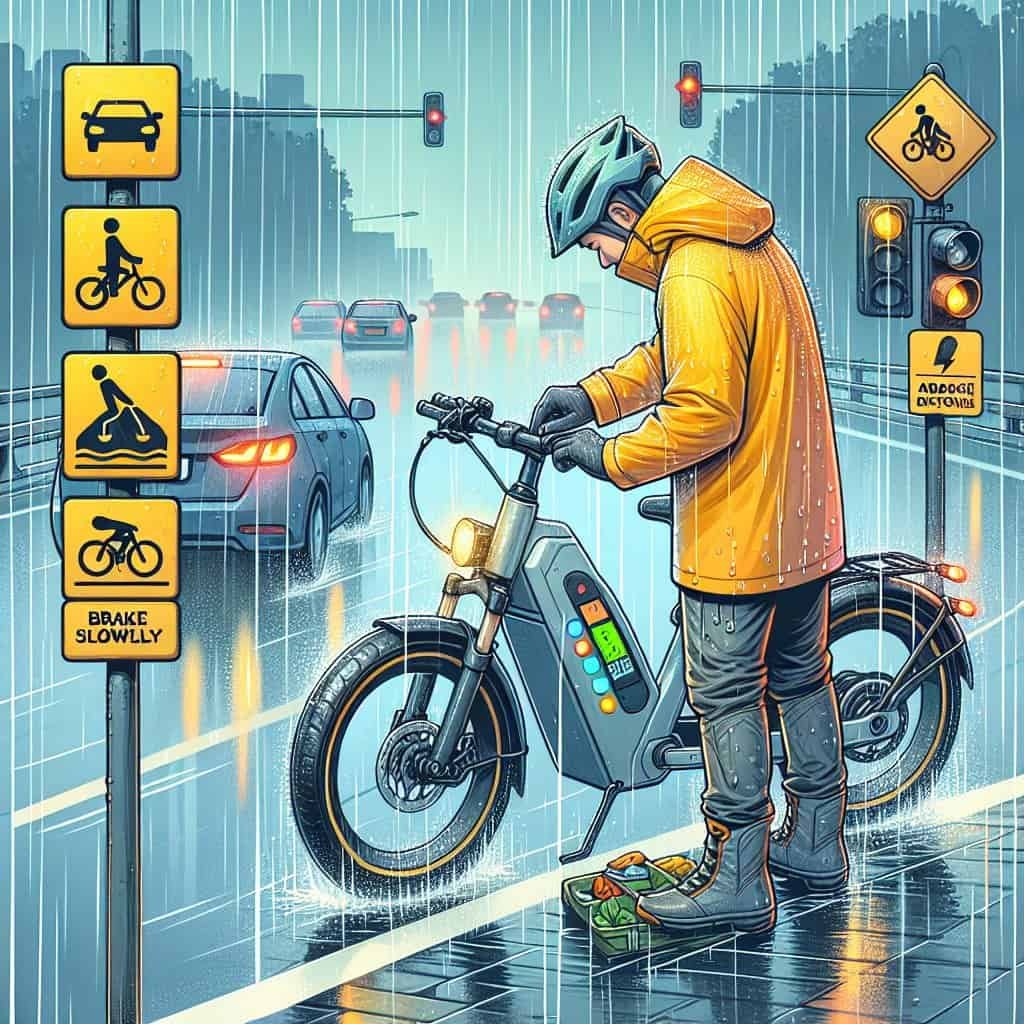Imagine cruising through the rain-soaked streets, feeling the gentle pitter-patter of droplets against your skin, while effortlessly gliding on your electric bike. But wait, is it safe to ride an electric bike in the rain? The answer may surprise you. While many may assume that rain and electric bikes don’t mix well, there are certain precautions that you can take to ensure a safe and enjoyable ride, no matter the weather. In this article, we will explore the ins and outs of riding an electric bike in the rain, debunk some myths, and provide you with essential tips to make your wet-weather cycling experience a breeze. Yes, you can ride an electric bike in the rain, but there are potential risks and challenges that you need to be aware of. In this article, we will discuss the various risks associated with riding an electric bike in rainy conditions, as well as the protective measures and maintenance precautions you can take to ensure a safe and enjoyable ride. We will also provide tips for riding an electric bike safely in the rain, compare waterproof and water-resistant electric bikes, and explore how rain can affect the performance of your electric bike. Additionally, we will discuss how to protect the electric bike battery from rain and provide tips for waterproofing electrical connections and components. Finally, we will address some special considerations for e-bike commuters. Let’s dive in!

Potential Risks of Riding an Electric Bike in the Rain
Risk of electrical damage
One of the primary risks of riding an electric bike in the rain is the potential for electrical damage. Water can seep into the electrical components of the bike, such as the motor or battery, and cause them to malfunction or become permanently damaged. This can result in a loss of power or even a complete breakdown of the bike.
Reduced traction and stability
Rainy conditions often lead to reduced traction and stability, especially on wet or slippery surfaces. This can increase the risk of skidding or losing control of the electric bike, especially when making turns or sudden maneuvers. Reduced traction can also make it more difficult to climb steep hills or navigate uneven terrain.
Visibility challenges
Riding an electric bike in the rain can pose visibility challenges for both the rider and other road users. Rain can create a haze or fog effect, making it harder to see the road ahead or other vehicles, pedestrians, or cyclists. This reduced visibility can increase the risk of accidents, especially if other road users are not able to see you clearly.
Increased braking distance
Rainy conditions can significantly increase the braking distance required to stop an electric bike. Wet surfaces reduce the friction between the tires and the road, making it more difficult for the brakes to grip effectively. This means that you will need to allow for a longer braking distance to come to a complete stop, which can pose a safety risk, especially when riding in traffic or crowded areas.
Health hazards
Riding an electric bike in the rain can also expose you to certain health hazards. Getting wet for an extended period of time can lead to discomfort, chills, and even hypothermia, especially if you are not properly dressed or protected from the rain. Additionally, riding in wet conditions can increase the chances of catching a cold or other respiratory illnesses if you are not adequately protected.
Protective Measures for Riding an Electric Bike in the Rain
While there are risks associated with riding an electric bike in the rain, there are also measures you can take to reduce these risks and ensure a safe and enjoyable ride.
Choose a waterproof electric bike
When purchasing an electric bike, opt for a model that is specifically designed for riding in wet conditions. Look for bikes that have waterproof or water-resistant features, such as sealed electrical components, corrosion-resistant materials, and reinforced wiring. A waterproof electric bike will provide an extra layer of protection against water damage.
Check the IP rating
When choosing an electric bike, it’s important to check the IP (Ingress Protection) rating. The IP rating indicates the level of protection the bike has against solid objects and liquids. Look for an electric bike with a high IP rating, such as IPX4 or above, which means it is designed to withstand water splashing from any direction.
Cover or protect vulnerable parts
To further protect your electric bike from rain, consider covering or protecting vulnerable parts such as the battery, motor, and electrical connections. You can use waterproof covers, sleeves, or specialized protective bags that are designed to keep these components dry and shielded from water damage.
Invest in fenders and mudguards
Investing in fenders and mudguards for your electric bike can help minimize the amount of water spray and mud that gets kicked up onto you and the bike while riding in the rain. Fenders and mudguards can help keep you and your bike cleaner and reduce the risk of water reaching the electrical components.
Wear appropriate rain gear
As a rider, it’s important to protect yourself from the elements by wearing appropriate rain gear. Invest in waterproof or water-resistant clothing, including a good quality rain jacket, pants, and shoe covers. Wearing a helmet with a visor or using a rainproof helmet cover can also help improve visibility and keep rain off your face. Additionally, consider using waterproof gloves to maintain grip and control over the handlebars.

Maintenance and Precautions
Taking proper maintenance and precautions after riding your electric bike in the rain is essential to ensure its longevity and optimal performance.
Dry the electric bike after riding in the rain
After riding in the rain, take the time to properly dry your electric bike. Use a clean, dry cloth or towel to wipe down all exposed surfaces, paying special attention to the electrical components, battery, and connectors. This will help prevent water from lingering and causing damage over time.
Inspect and clean electrical components
Regularly inspect and clean the electrical components of your electric bike, especially after riding in the rain. Check for any signs of water damage, corrosion, or loose connections. Use a soft brush or compressed air to remove any dirt or debris that may have accumulated on the components.
Lubricate moving parts
Ensure that all the moving parts of your electric bike, such as the drivetrain, chain, and gears, are properly lubricated. Rain can wash away the existing lubricant, increasing friction and causing premature wear and tear. Apply a generous amount of lube or bike-specific chain oil to keep the moving parts running smoothly.
Check the battery and connections
Inspect the battery and its connections regularly to ensure they are clean, dry, and free from any signs of corrosion or damage. Tighten any loose connections and ensure that the battery is securely fastened to the bike. If you notice any issues with the battery or connections, it’s important to address them promptly to prevent further damage.
Regular maintenance and servicing
Schedule regular maintenance and servicing for your electric bike, especially if you frequently ride in wet conditions. This includes tasks such as checking tire pressure, adjusting brakes, and inspecting the overall condition of the bike. Regular maintenance will help identify and address any potential issues before they become major problems.
Tips for Riding an Electric Bike Safely in the Rain
To ensure a safe and enjoyable ride on your electric bike in the rain, consider the following tips:
Reduce speed and avoid sudden maneuvers
Rainy conditions can make the road slippery, reducing the overall traction. It’s important to reduce your speed and avoid making sudden maneuvers, such as quick turns or braking. Slow down and allow for extra time and distance to react to any potential hazards or obstacles on the road.
Avoid puddles and standing water
Try to avoid riding through large puddles or areas of standing water, as they can hide potholes or other hazards that may damage your electric bike or cause you to lose control. If you can’t avoid them, approach them at a slow and controlled speed to minimize the impact.
Maintain a safe distance from vehicles
Leave enough space between your electric bike and other vehicles on the road. Wet roads can increase the stopping distance for both electric bikes and cars, so maintaining a safe distance will give you more time to react to sudden stops or maneuvers.
Increase visibility with lights and reflectors
Ensure that your electric bike is equipped with front and rear lights, as well as reflectors, to increase your visibility to other road users in rainy conditions. Switch on your lights even during the day to enhance your presence on the road.
Be mindful of pedestrians and other cyclists
Remember to be considerate and mindful of pedestrians and other cyclists while riding in the rain. Wet conditions can make it harder for them to see and hear you, so be extra cautious, use your bell or horn to alert them of your presence, and give them sufficient space when overtaking.

Waterproof vs. Water-Resistant Electric Bikes
When choosing an electric bike for riding in the rain, it’s important to understand the difference between a waterproof and water-resistant electric bike, as well as their advantages and limitations.
Understanding the difference
A waterproof electric bike is designed to provide complete protection against water and can be submerged to a certain extent without sustaining any damage. On the other hand, a water-resistant electric bike offers some degree of protection against water but may not be able to withstand submersion or prolonged exposure to heavy rain.
Considerations when choosing an electric bike
When selecting an electric bike, consider your riding environment and the typical weather conditions in your area. If you frequently ride in heavy rain or encounter deep puddles, a waterproof electric bike is recommended for maximum protection. If your rides mainly involve light rain or drizzle, a water-resistant electric bike may be sufficient.
Advantages and limitations
The advantage of a waterproof electric bike is its ability to withstand heavy rain and deep water without sustaining any damage. This provides peace of mind and ensures a longer lifespan for your electric bike. However, waterproof electric bikes may be more expensive and potentially heavier due to the additional protection measures.
Water-resistant electric bikes, while not offering the same level of protection as waterproof ones, can still withstand light to moderate rain. They are generally more affordable and lighter in weight, making them suitable for riders who don’t face extreme weather conditions regularly.
How Rain Affects Electric Bike Performance
Rain can have various effects on the performance of your electric bike, particularly in terms of battery performance, motor efficiency, braking, and tire grip.
Effect on battery performance
Rainy conditions can cause a slight decrease in battery performance. Cold and wet weather can reduce the efficiency and overall capacity of the battery, resulting in a slightly shorter range per charge. It’s important to keep your battery properly charged and consider carrying a spare battery for longer rides in the rain.
Impact on motor efficiency
The rain can also affect the efficiency of the electric motor. Wet conditions may increase the resistance between the motor and the drivetrain, causing a minor decrease in power output. However, modern electric bike motors are designed to handle wet conditions, so the impact on performance is typically minimal.
Influence on braking performance
Wet roads can significantly impact the braking performance of your electric bike. As mentioned earlier, rain reduces the friction between the tires and the road, making it more challenging to stop quickly. It’s important to allow for a longer braking distance and apply the brakes gradually to avoid skidding or losing control.
Changes in tire grip and traction
Rainy conditions can greatly affect tire grip and traction. Wet surfaces can reduce the overall grip of the tires, making it easier to skid or lose control, especially when cornering or taking sharp turns. It’s important to adjust your riding style accordingly and be mindful of your speed and maneuvering in wet conditions.

Protecting the Electric Bike Battery from Rain
The electric bike battery is one of the most crucial components that need protection from rain. Here are some measures you can take to protect your battery:
Use a rain cover or waterproof battery bag
If your electric bike battery is exposed, consider using a rain cover or a waterproof battery bag to shield it from direct exposure to rain. These accessories are designed to fit specific battery sizes and provide a protective layer against water, preventing damage or short-circuiting.
Avoid deep water and submersion
As a general rule, try to avoid riding through deep water or submerging your electric bike battery. While many batteries are water-resistant to some extent, prolonged exposure to water and submersion can still result in damage or reduced lifespan.
Position the battery properly
Ensure that the battery on your electric bike is properly positioned and securely fastened. A loose or improperly placed battery can increase the chances of water reaching the contacts and damaging the electrical connections.
Dry and clean the battery after exposure to rain
After riding in the rain, make sure to thoroughly dry and clean the battery. Use a clean, dry cloth to remove any water or moisture that may have accumulated on the battery. This will help prevent corrosion or any potential damage caused by prolonged exposure to moisture.
Waterproofing Electrical Connections and Components
Protecting the electrical connections and components of your electric bike is crucial to prevent water damage and ensure optimal performance. Here are some steps you can take to waterproof the electrical connections:
Apply dielectric grease or protective sprays
Dielectric grease or silicone-based protective sprays can be applied to electrical connections to provide a water-resistant barrier. These products help repel water, inhibit corrosion, and maintain good conductivity. Apply the grease or spray to the connectors and terminals, covering them evenly for effective protection.
Ensure proper sealing of electrical connections
Inspect the electrical connections on your electric bike for any signs of damage or loose connections. Use electrical tape or heat shrink tubing to seal and protect exposed wires and connectors. This will prevent water from entering and causing damage to the electrical system.
Use waterproof cable connectors and sleeves
Consider using waterproof cable connectors and sleeves to further protect the electrical connections from rain. These specialized connectors and sleeves provide an additional layer of water resistance and help maintain a secure and dry connection between the various electrical components.
Choose an electric bike with sealed connectors
When purchasing an electric bike, check if it comes with sealed connectors for the electrical system. Sealed connectors provide extra protection against water infiltration and ensure a secure and reliable connection between components.

Special Considerations for E-Bike Commuters
If you use your electric bike for commuting, there are specific considerations to keep in mind when riding in the rain. Here are some tips to enhance your safety and comfort:
Plan alternate routes and avoid flooded areas
Before you set off on your commute, familiarize yourself with alternate routes that are less prone to flooding. Keep track of weather forecasts and adapt your route accordingly to avoid areas with a high risk of being overly flooded.
Allow extra time for the commute
Riding in the rain may slow you down due to reduced visibility and road conditions. Make sure to factor in additional time for your commute to ensure that you can ride at a safe and steady pace without feeling rushed.
Secure personal belongings
To protect your personal belongings from rain, consider using waterproof panniers, backpack covers, or dry bags. These items will help keep your belongings dry during your commute and ensure that you arrive at your destination with everything intact.
Address safety concerns with employers
If you have safety concerns about riding your electric bike in the rain during your commute, consider discussing them with your employer. They may be able to provide alternatives such as flexible work hours or access to indoor parking facilities for your electric bike.
Conclusion
Riding an electric bike in the rain can be a fun and exhilarating experience, but it requires careful consideration of the potential risks and the necessary precautions to ensure your safety and the optimal performance of your electric bike. By choosing a waterproof or water-resistant electric bike, taking proper protective measures, and conducting regular maintenance, you can minimize the risks associated with riding in wet conditions. Remember to adjust your riding style, increase your visibility, and be mindful of the changes in performance caused by rain. With the right precautions in place, you can confidently enjoy riding your electric bike even on rainy days. Stay safe, stay dry, and happy riding!

